Premium Only Content
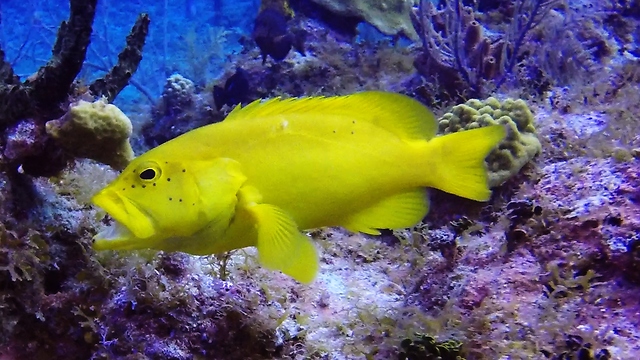
Rare Genetic Mutation Creates These Gorgeous, Golden Colored Fish
This is a Coney Grouper, a species of fish that is seen only on occasion throughout the Caribbean. This particular grouper was found beside a coral head in the water off Little Cayman Island. The grouper species itself is not considered extremely rare, but the genetic color mutation, known as xanthism, is seen in less than one per cent of all populations. It can be found in fish, and also birds, and it is a lack of red pigmentation, accompanied by an unusually high amount of yellow pigmentation.
The result is that the fish has a brilliant, glowing, golden colored skin that makes it stand out. As if the dazzling color were not enough, the Coney Grouper also has bright iridescent spots on its face and body, making it even more spectacular.
The animals seem to manage, despite the obvious difficulty with camouflage and stealth. While this creates problems for the grouper while trying to hunt, these fish have been observed compensating with a remarkable display of cooperation with other groupers. It is believed that the golden groupers will swim among schools of bait fish in an attempt to startle and distract them while other groupers stage an ambush. Groupers have been known to cooperate with spearfishing divers, other groupers, barracuda, and even Moray Eels in food gathering.
In some cultures, golden groupers are considered worth protecting, as there is a belief that the killing the grouper will bring great misfortune. Locals often leave the fish alone for this reason. Even spear fishermen and anglers will often avoid or put the fish back, recognizing the fact that they are rare.
This Coney Grouper has one small white spot on its left side, near the top of its back. This is a small and harmless tag that is placed on groupers in the Cayman Islands to assist researchers with studies about their migration to distant mating sites. Divers will record mass grouper congregations in the open ocean that occur monthly for mating purposes. During that time, the tags on the groupers provide researchers with information about where the groupers came from. It also tells them about the groupers' return to specific territories after the congregations.
-
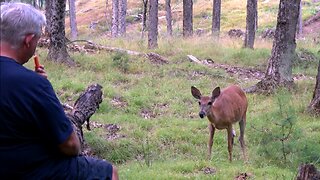 1:57
1:57
WildCreatures
24 days ago $7.12 earnedCurious wild deer comes to share a snack with man in forest
46.6K15 -
 0:36
0:36
KristysWorld
5 years ago $0.03 earnedBeautiful clown fish live among these deadly sea anemones
1.9K -
 1:58
1:58
WildCreatures
4 years ago $0.39 earnedStunningly colored chameleon enjoys crickets for lunch
2.94K3 -
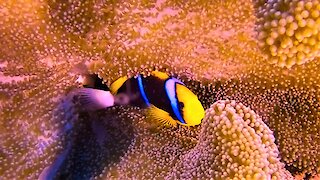 0:31
0:31
WildCreatures
5 years ago $37.29 earnedGorgeous clownfish make a home among creatures that are deadly to other fish
1.19K1 -
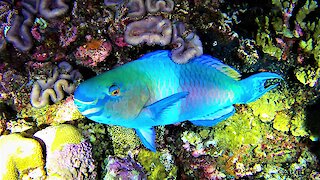 0:34
0:34
WildCreatures
5 years ago $8.50 earnedGigantic beautiful fish creates the sand on our tropical beaches
3.56K2 -
 0:55
0:55
ViralHog
5 years agoWild Coyote Walks under Golden Gate Bridge
140 -
 0:19
0:19
ViralHog
4 years ago $12.96 earnedFox Takes Fish
16.5K -
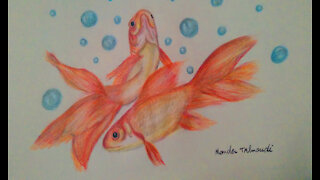 0:27
0:27
ENORM ART BY Monder Talmoudi
4 years agoDrawing golden fish,
571 -
 1:41
1:41
Fun
4 years agoFeed the colored fish
22 -
 1:42
1:42
dismantledevolution
4 years ago $0.05 earnedGENETIC ADAM AND EVE FOUND! MAKING SENSE OF MUTATION RATES
1461